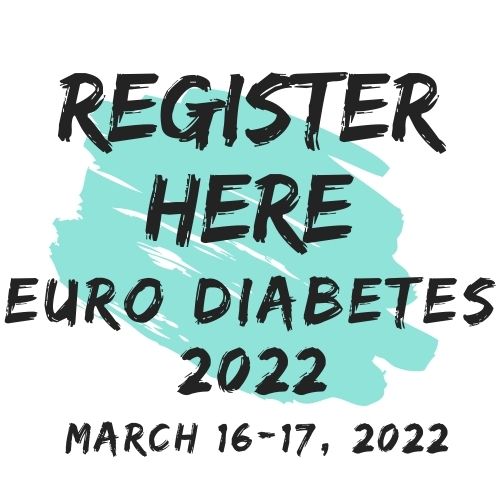Sophie L. Walker
University of Edinburgh, UK
Title: Ultrasound guided injection of murine and rat hepatic portal vein for surgical refinement in type 1 diabetes studies is not a viable alternative technique
Biography
Biography: Sophie L. Walker
Abstract
Clinical islet transplantation for Type 1 diabetes (T1D) is performed using ultrasound guidance (US) via percutaneous trans-hepatic portal venous access. Injection of islets and other substances into the hepatic portal vein (HPV) of mice using open laparotomy techniques are commonplace when researching T1D therapies. However, this procedure is invasive, leads to longer recovery times and increases potential for infections. Techniques using open laparotomy do not resemble procedures seen in clinical settings. US injection into the HPV mostly negates the above concerns, and better emulates clinical methods of islet transplantation in humans.
Hypothesis: US methodologies will refine surgical procedures, improving recovery and welfare of animals, whilst seeing the same number and distribution of cells/markers as when using open laparotomy surgical techniques.
Methodology: US and open laparotomy HPV injections were performed in female C57Bl/6-mice and US HPV injection was performed in male RNU-rats (injecting 0.1 mg of 20 um fluorescent PLGA microparticles to aid analysis). Tissues were cryopreserved at 24 hours post-transplant and subsequently cryo-sectioned. DAPI staining alongside the fluorescent microparticles allowed for the quantification of microparticles in the liver tissues following each surgical technique.
Results and Conclusions: US injection results in a significant reduction of microparticles in liver tissues, when compared to open laparotomy surgical techniques. Clustering of microparticles around the edge of tissues is seen in animals having undergone US techniques, suggesting that microparticles are residing where the needle is being withdrawn through the liver or accumulating around tissues if the injection releases into the body cavity. Locating and accurately injecting into the HPV using ultrasound guidance may hinder the success of transplants in rodent models. Reflux of some microparticles out of the vein where the needle is inserted is seen upon commencement of the injection.
US HPV injection is therefore not a robust or reliable method for such studies.

